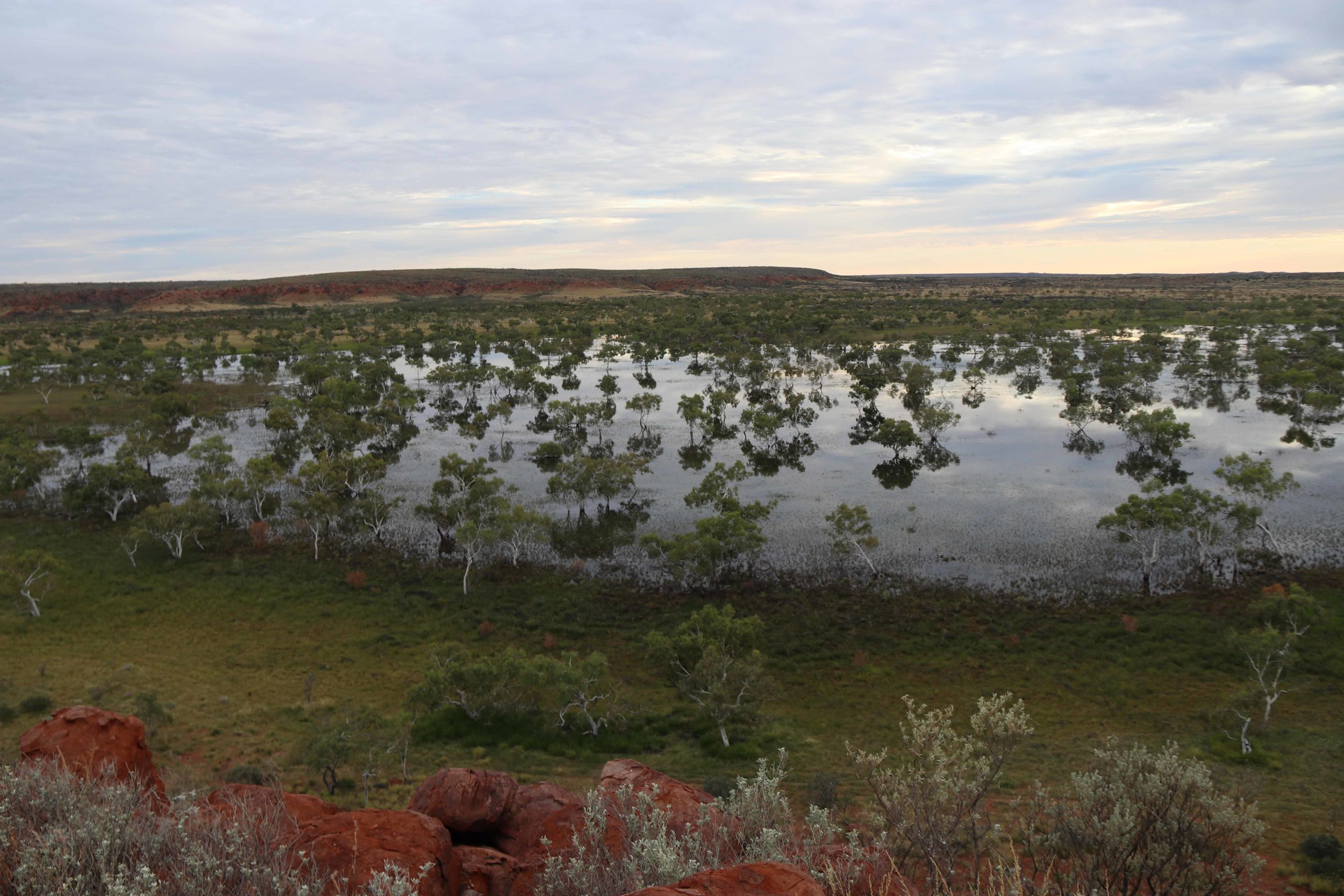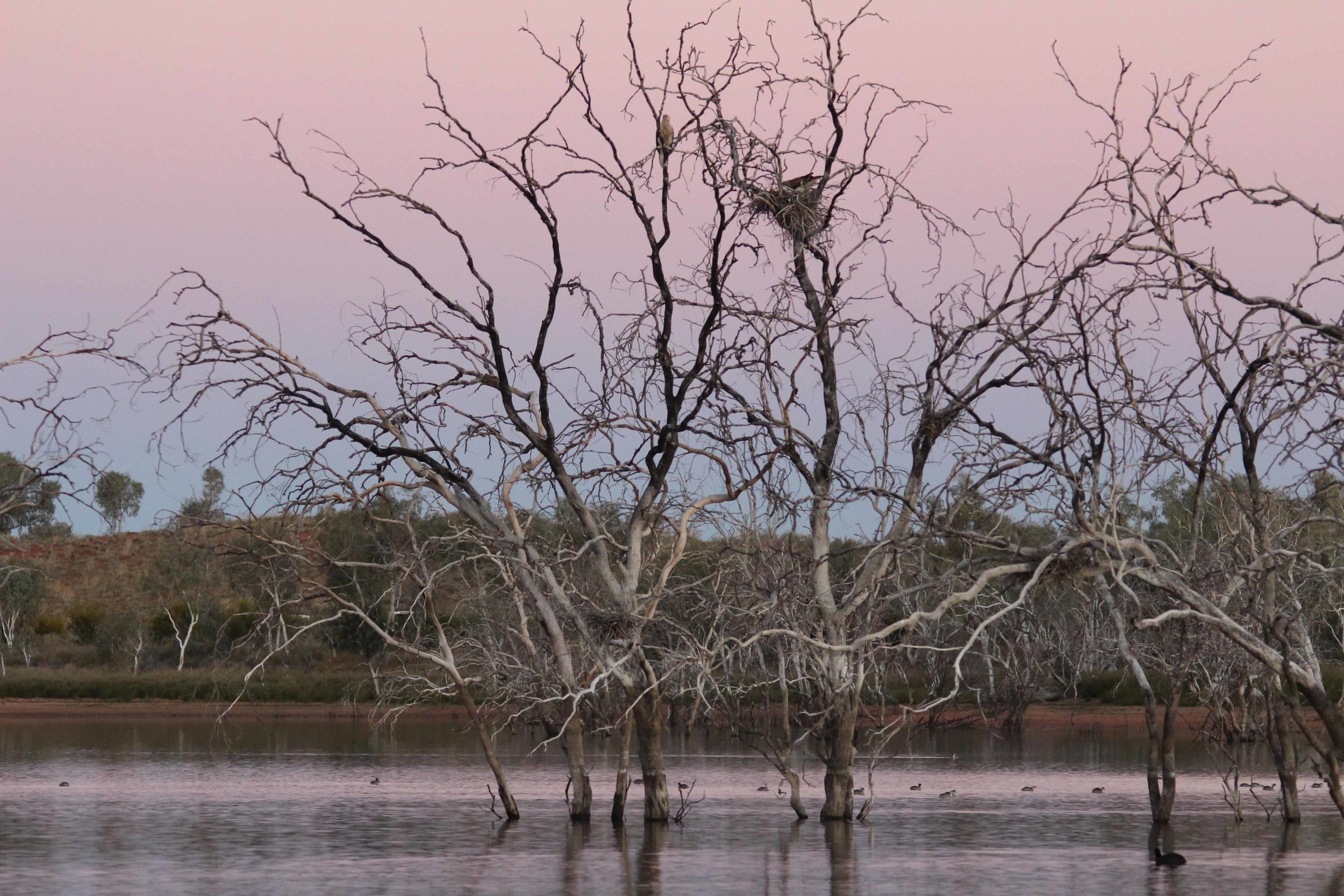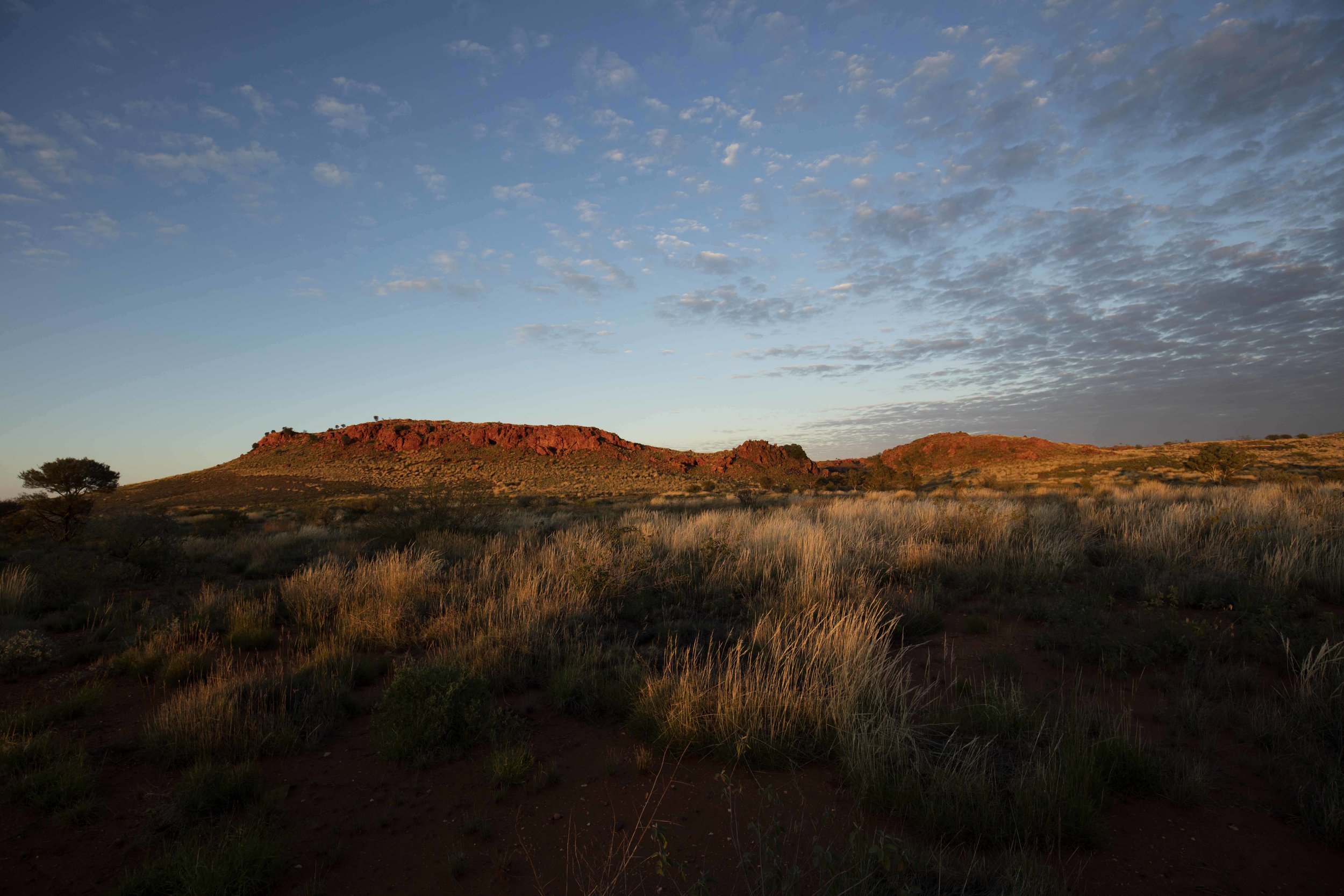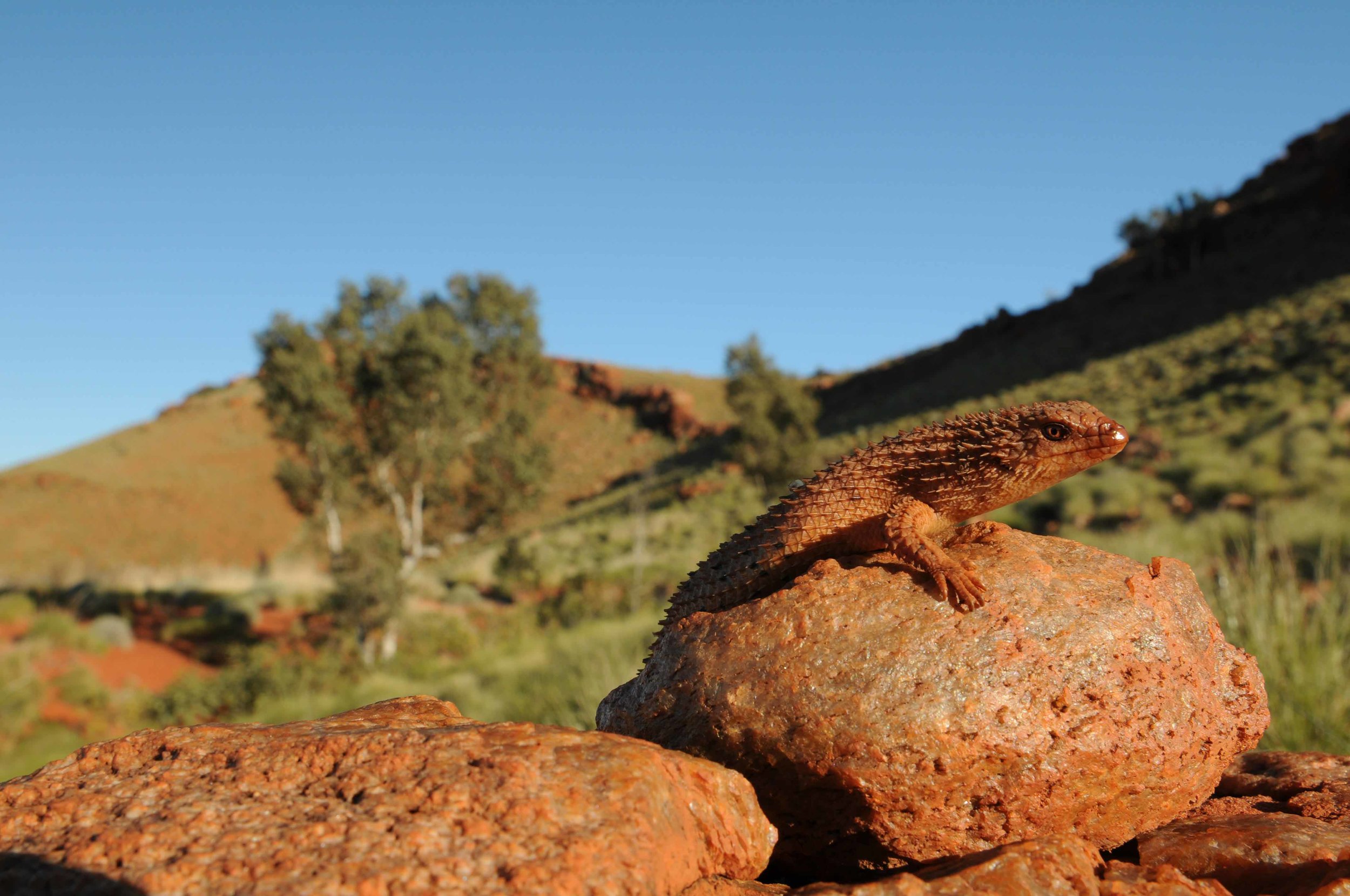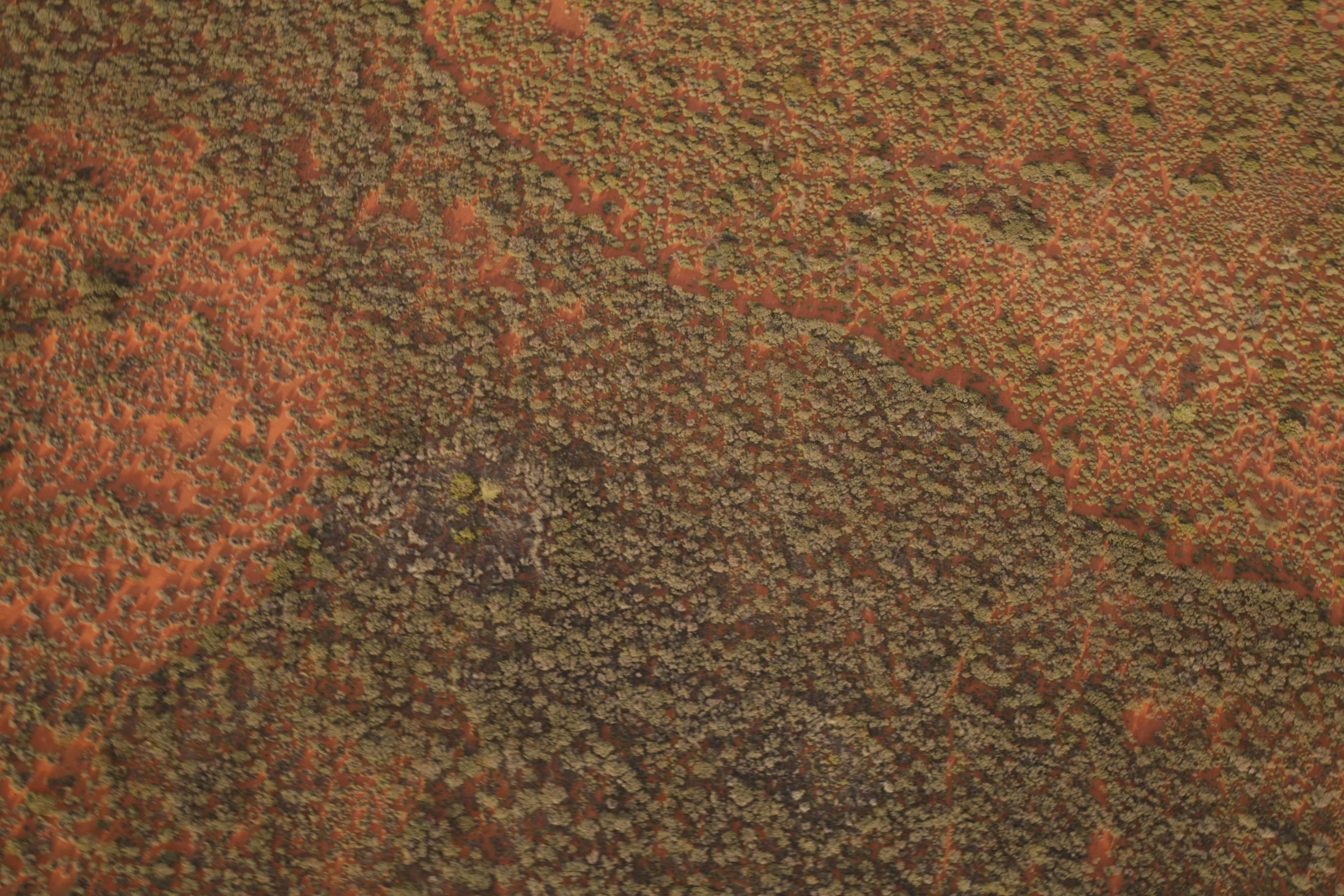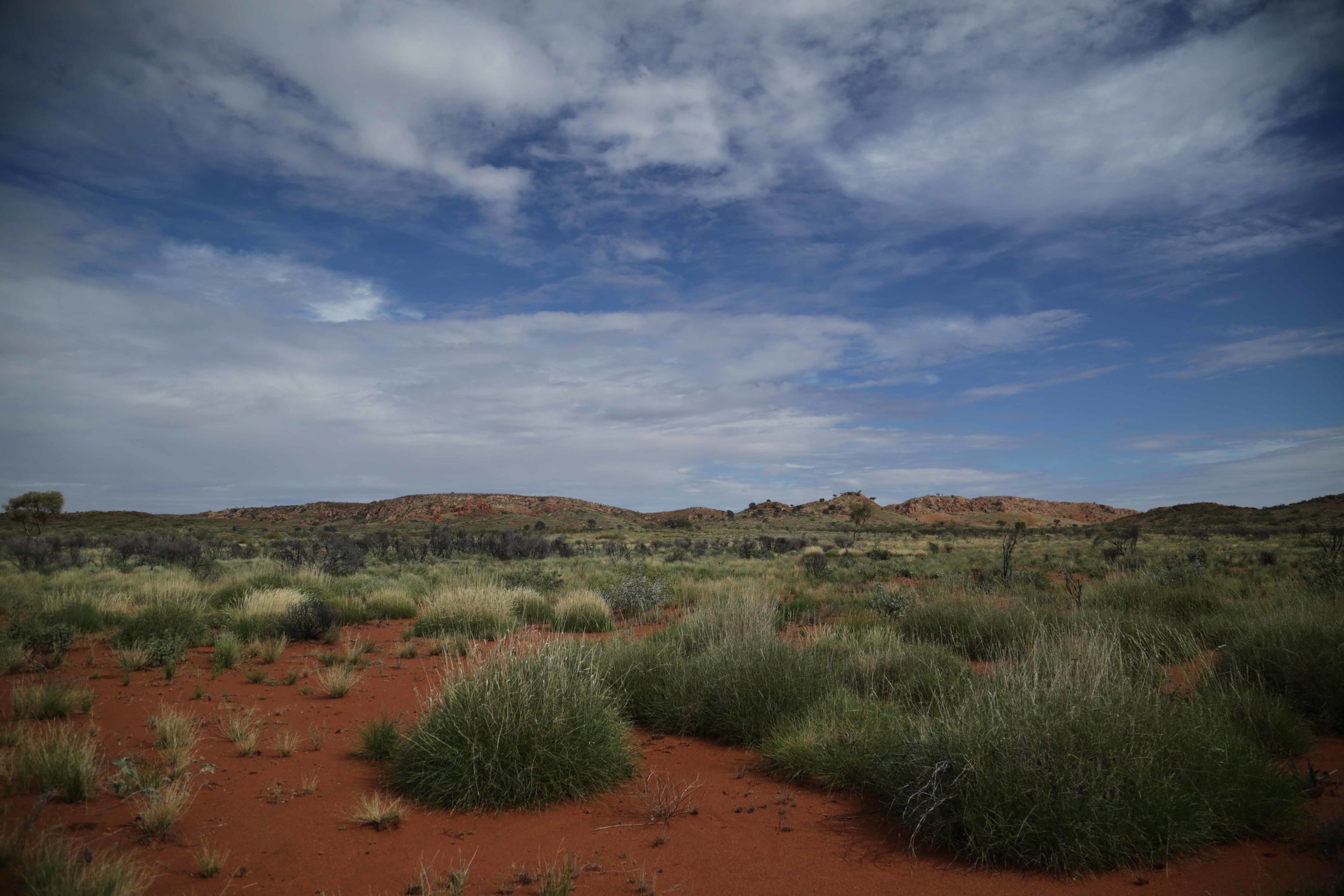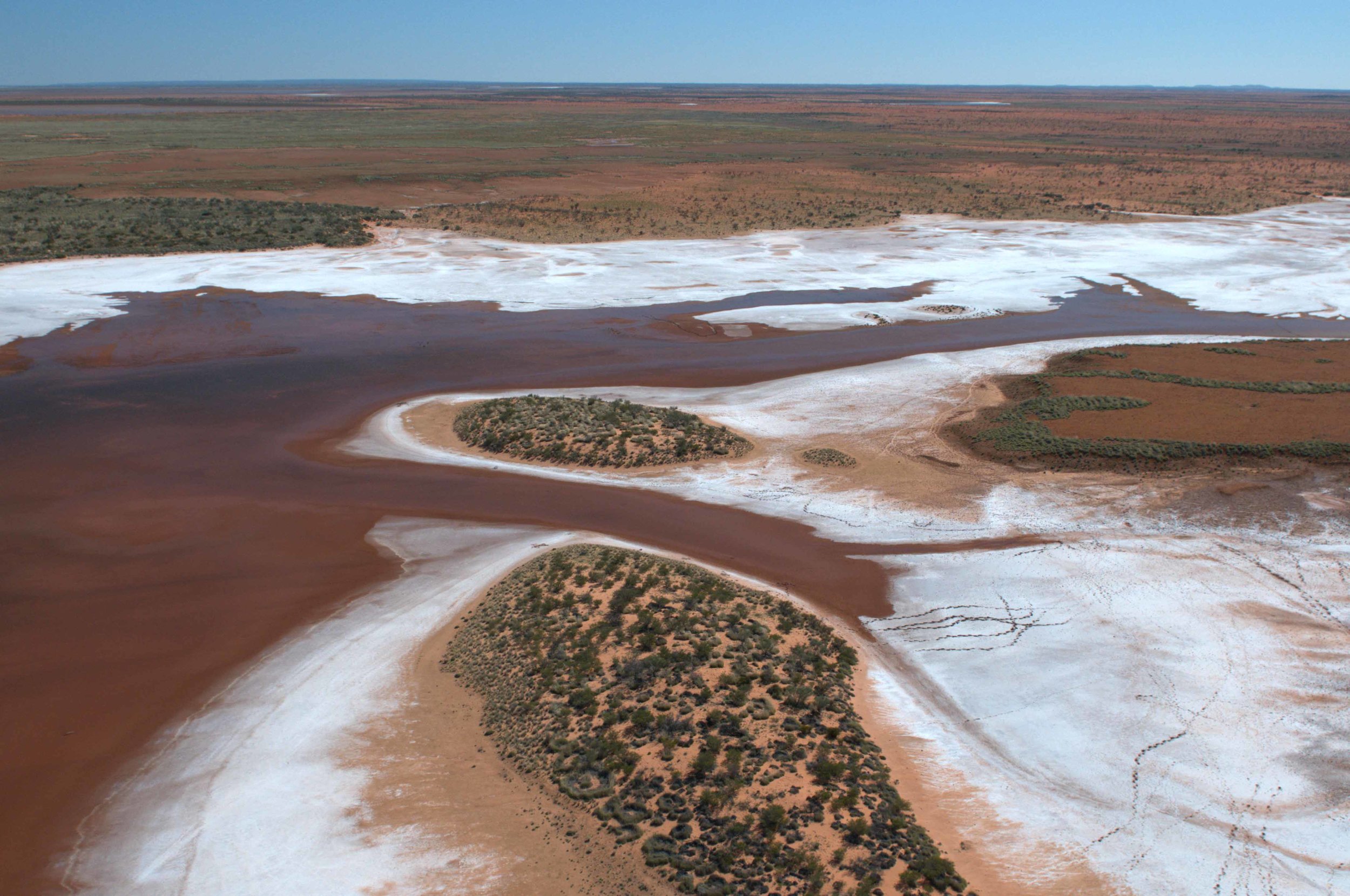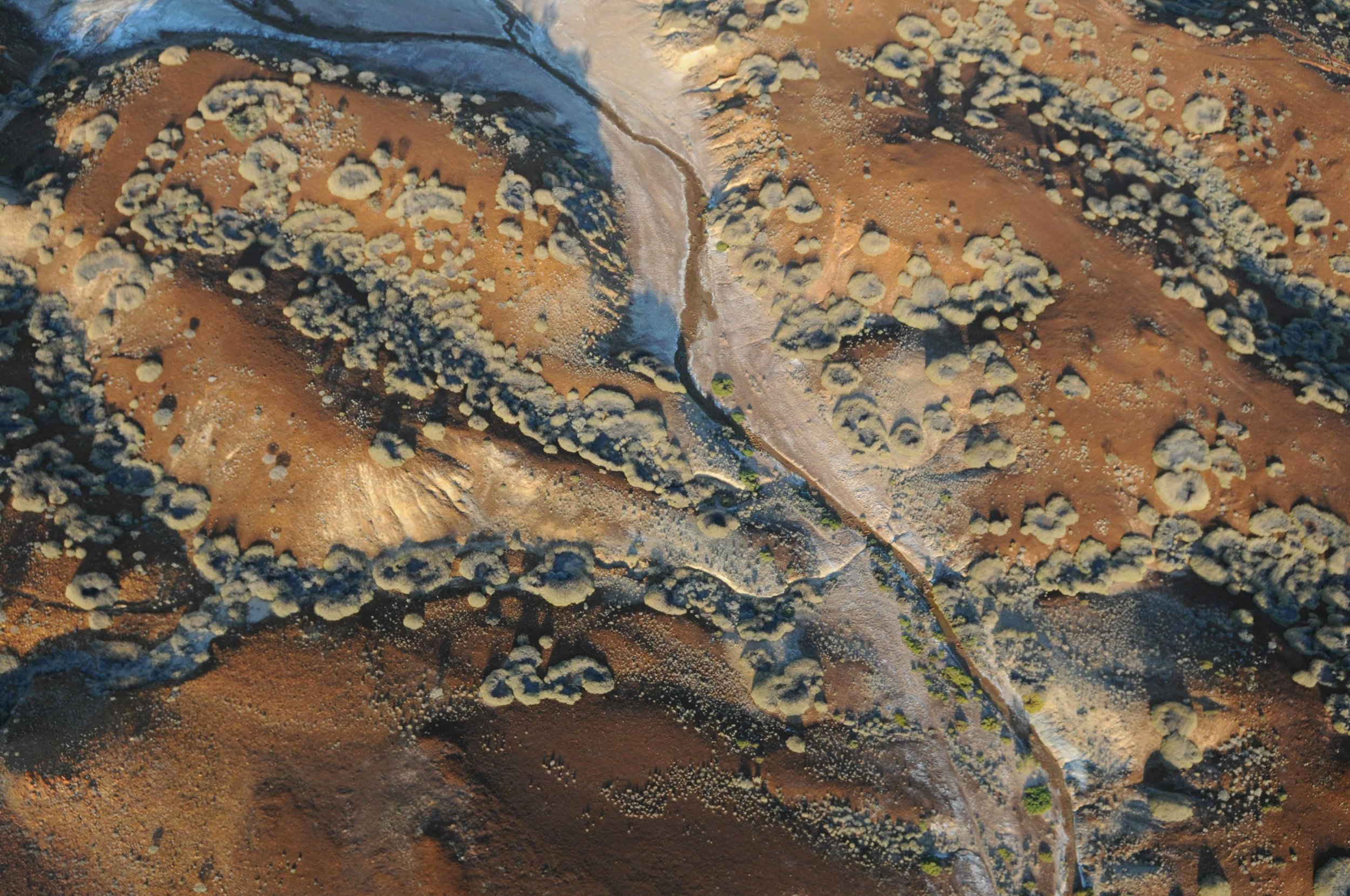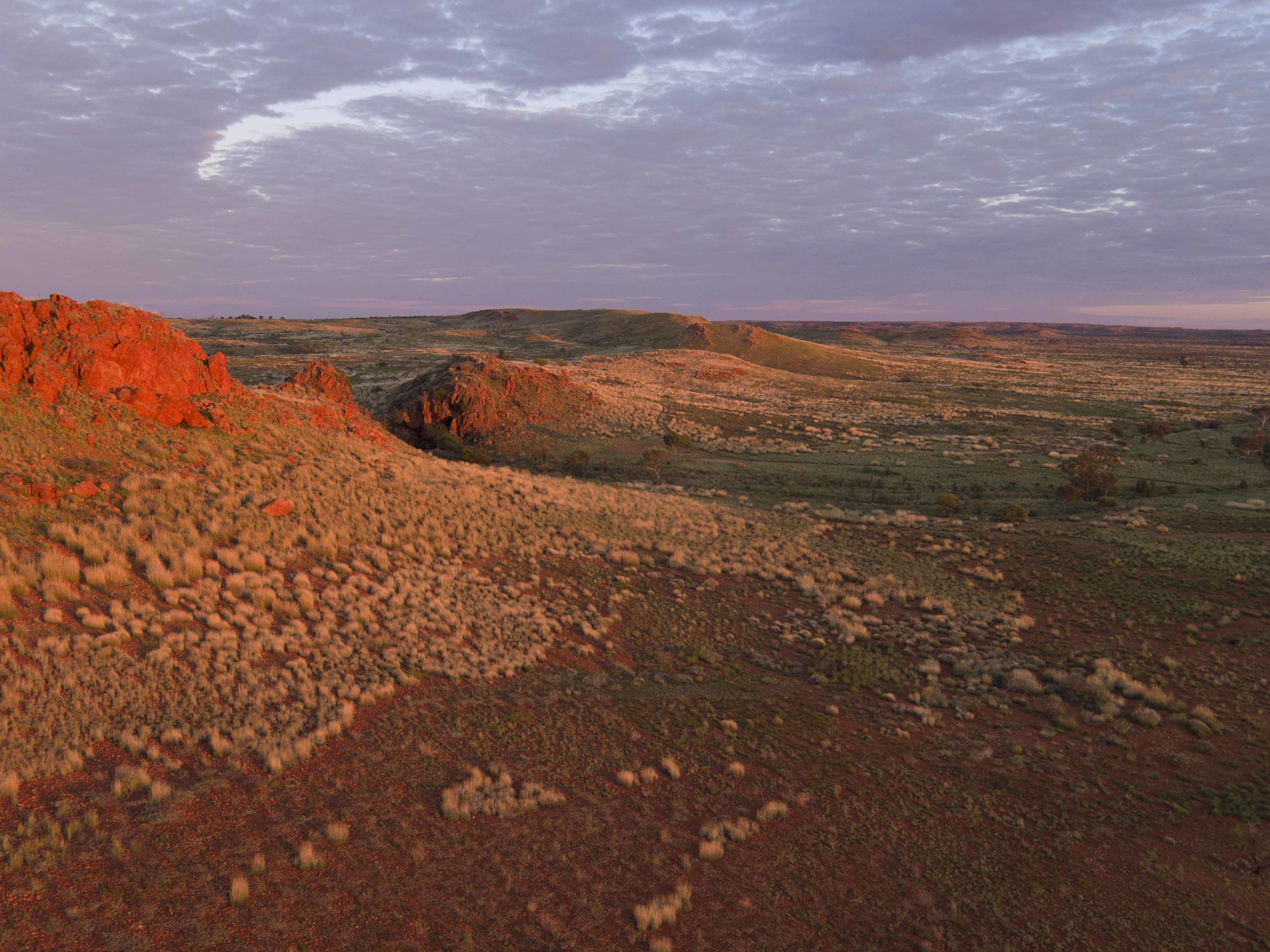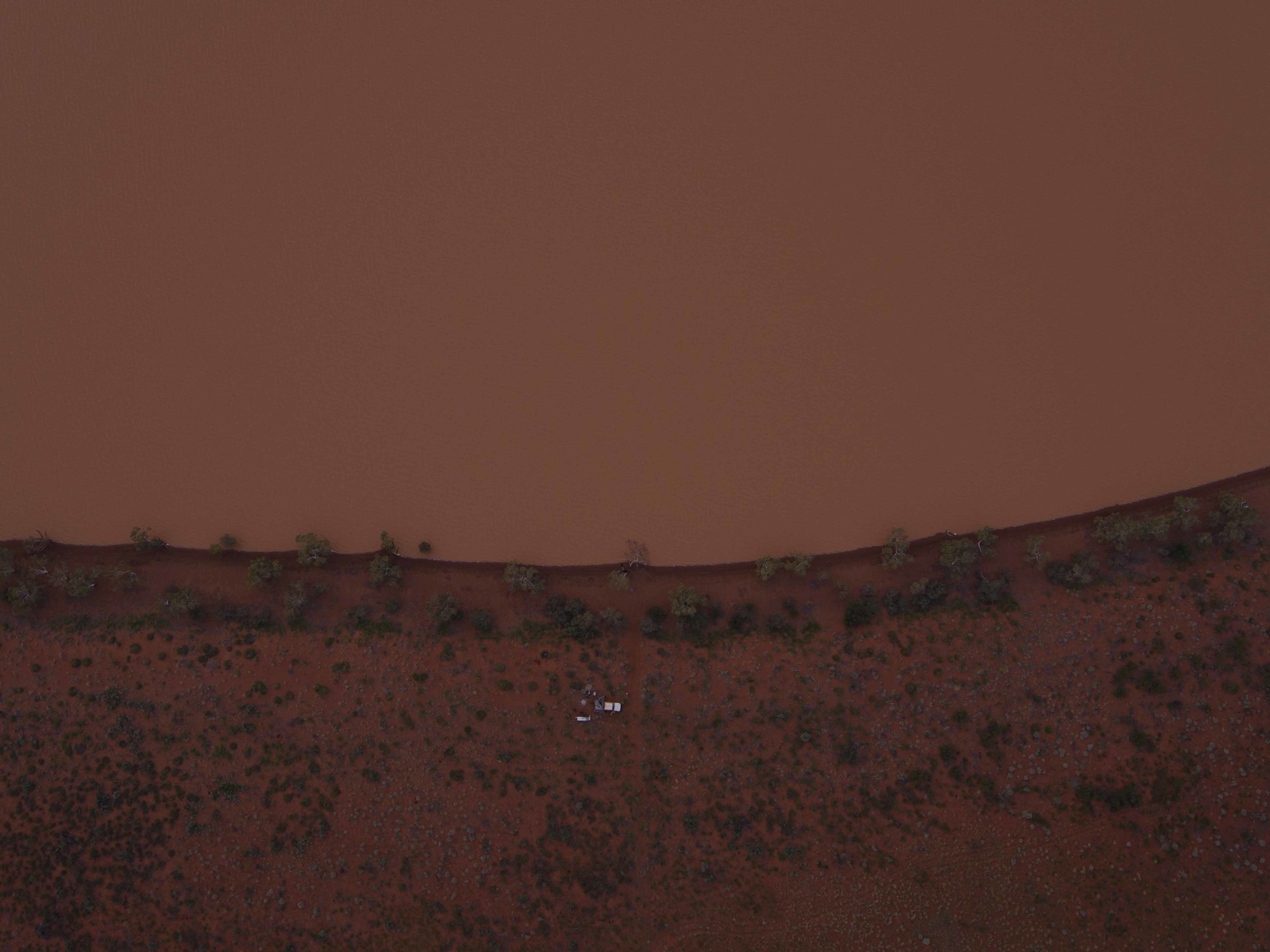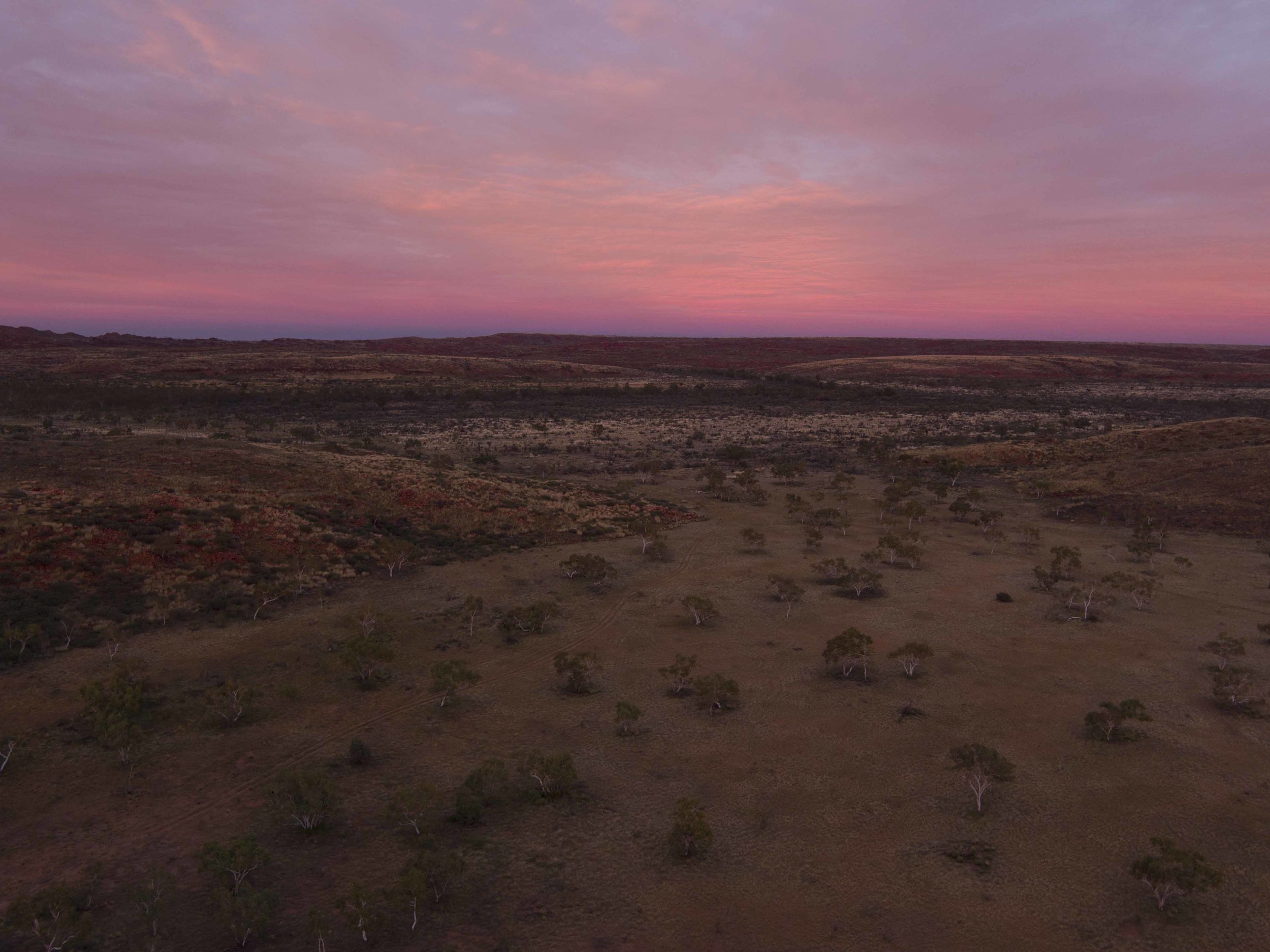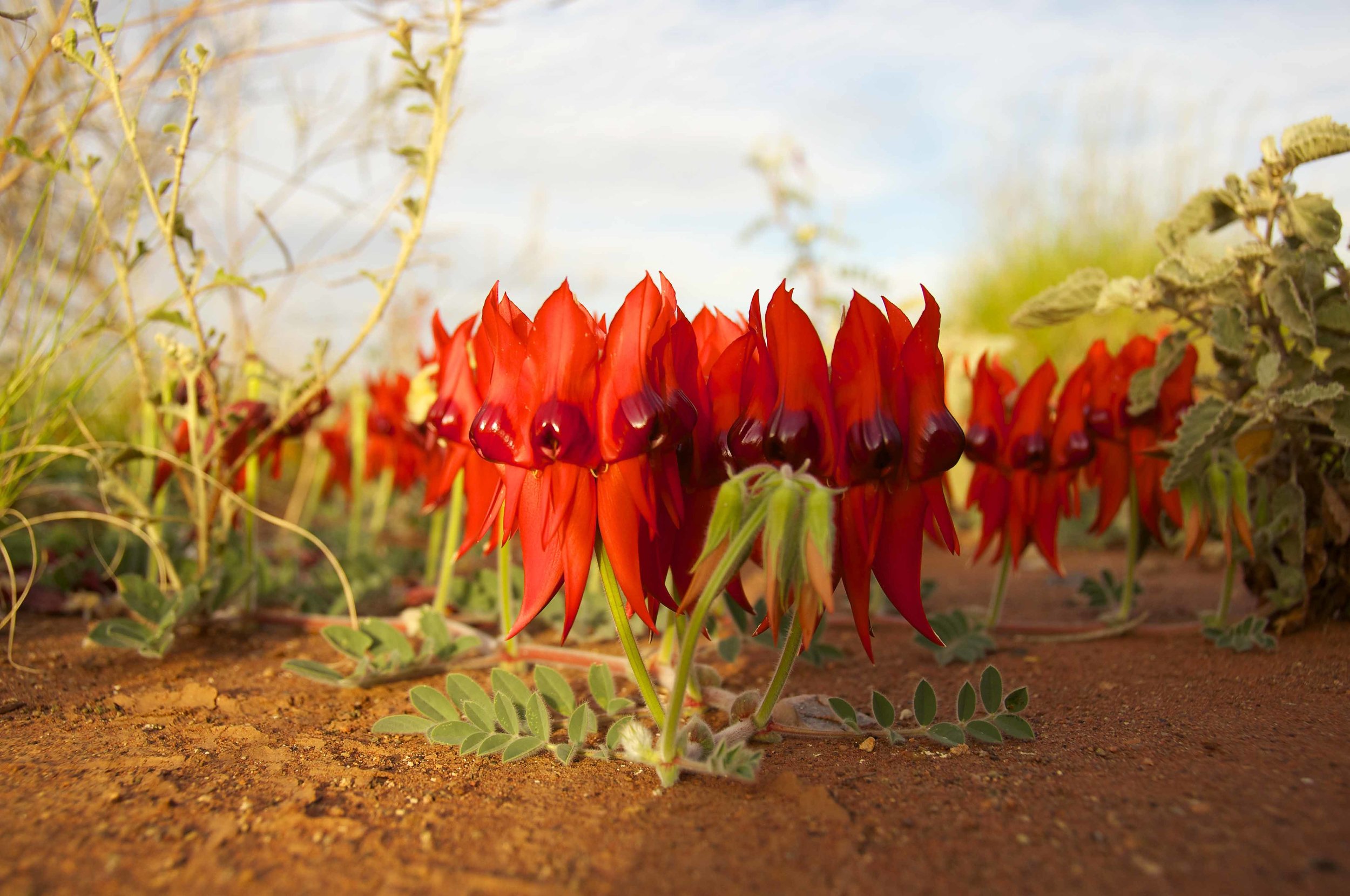Martu Country
Martu lands have significant conservation values globally, nationally and locally. They are part of the most intact arid ecosystem anywhere in the world and provide one of the last wild havens for some of Australia’s iconic but highly threatened desert species, including the mankarr (greater bilby), the wiminyji (northern quoll) and the mulyamiji (great desert skink).
The cultural and conservation values of Martu country are intertwined and rely on each other. The landscape, water sources, habitats, fauna and flora of this country together comprise a cultural landscape in which Martu identity, beliefs, creation stories, sacred sites, cultural practices and traditional livelihoods are embedded.
The ecological health of this vast arid zone and the survival of its unique assemblage of animals and plants are dependent on the continuation of Martu land management practices, especially traditional burning. It is this co-dependence of nature and culture on Martu lands that is integral to developing an appropriate long-term management framework.

